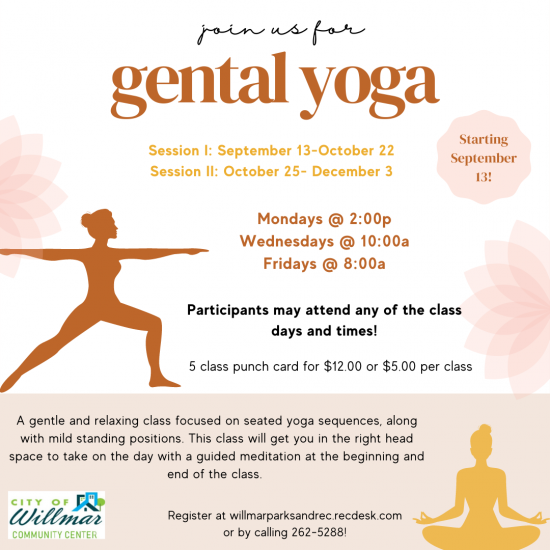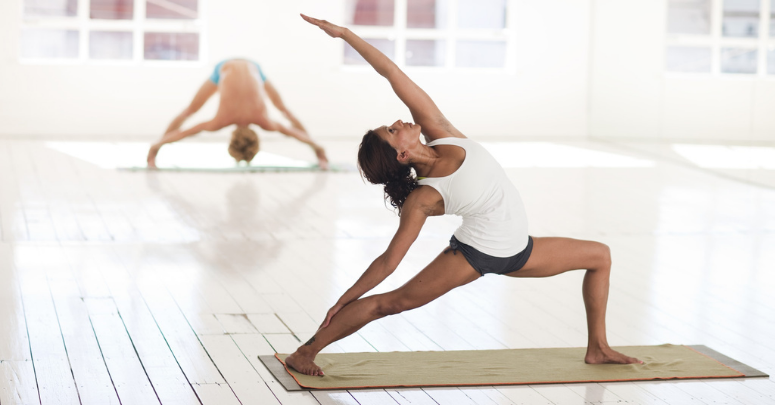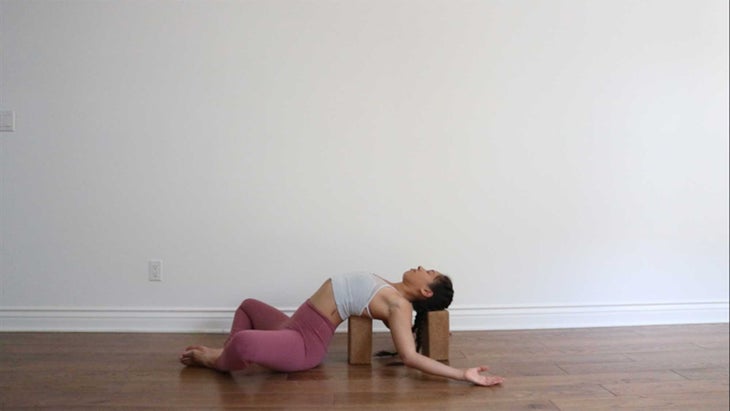
Yoga may help scoliosis patients. However, you should avoid back-bending yoga postures. These can worsen your condition. Instead, do baby cobra. For scoliosis yoga, baby cobra is a better option.
Pose for Scoliosis
Yoga poses for scoliosis are a series of positions and stances that can be used to aid patients. These poses strengthen the core and help prevent the condition from recurring. Shoulder stands are something to avoid. They can cause cervical kyphosis by stretching the neck muscles. Scoliosis sufferers should avoid the cobra pose which flattens your thoracic spine and leads to lordosis.
The balancing pose is a position that involves elevating the head, leg, and spine off the ground. It also helps to tone and stretch the core muscles.
Side plank pose
Side plank is an effective position for managing scoliosis pain in yoga. It strengthens the spine by strengthening the side muscles. This pose should only be done 3 to 5 times per week for best results. Side planks, like many other poses can be modified to relieve lower back pain.

Patients with scoliosis need to first see a professional for a consultation. Treatments for scoliosis can vary depending on their severity. These procedures are not recommended for everyone. Scoliosis can become severe if it is not treated. Yoga is a great option for those suffering from mild scoliosis.
Isometric maneuvers
If you suffer from scoliosis, you may benefit from doing yoga-like isometric maneuvers. These exercises have been shown to reduce curves and prevent the need for expensive surgery. These exercises can also improve core strength. These exercises can help patients reduce the curvature of their curves by lowering the angle.
Yoga poses are also beneficial for scoliosis patients. Stretching can help relax the muscles. Itometric exercises also strengthen weak muscles on the one side.
Symptoms
Yoga can reduce the symptoms of scoliosis such as stiffness and pain in your lower back. It can also help improve balance and improve posture. To achieve the best results, it is important to align the spine correctly when performing yoga poses. Focusing on the spine alignment in all yoga poses can help you achieve this. It is important to avoid poses that could worsen scoliosis symptoms.
Individuals with scoliosis need to start yoga with private instruction or guidance from a yoga therapist. They should avoid group classes. The yoga instructor must be sensitive to the individual's condition. They should also avoid correcting any poses. Yoga poses should not be performed faster than five minutes and should only be held for five total breaths.

Treatment
Yoga poses can help correct a curvature in the spine. These exercises can help improve your posture and strength by increasing flexibility in connective tissues that support your spine. These exercises can improve your ability to breathe and increase your lung capacity. For adults with scoliosis, yoga can be very beneficial.
Back bending poses can make scoliosis worse. Try yoga poses that stretch the thoracic spines instead of back bending. These are best suited to mild scoliosis.
FAQ
Is yoga helpful for people with chronic diseases?
Yoga may help with heart disease and chronic conditions like diabetes. It can improve overall fitness, reduce stress and increase flexibility.
Yoga can help many other conditions including arthritis, cancer, depression and fibromyalgia.
How long does yoga take?
You must learn how to do yoga correctly, just like any other skill. However, once you know the basics, you can easily practice yoga at home.
To start, complete about 20-30 minutes of warm-ups before beginning your class. After that, take 5-10 minutes to warm up and do some simple stretches. Move on to more challenging poses.
Once you've learned the basics, intermediate classes are available where you'll be able to learn more advanced moves. For example, if you're learning yoga for the first time, you might start with standing poses like the Tree (Vrksasana) and Mountain (Tadasana).
What is the best way to start yoga?
You will need a mat (some are foldable), some loose clothing, and a towel or blanket to place under your head while lying down.
In addition, you may also need some props such as blocks, straps, bolsters, blankets, or towels for certain poses.
However, in general, you don't need any other things. You must have a desire for positive change in your life and be willing to dedicate yourself to yoga.
As a beginner, can I practice yoga every day?
Yoga is a great way for you to stretch out and strengthen your body. It helps you relax as well as release stress. It doesn't take a lot of knowledge to begin practicing yoga. Beginners should practice yoga for 20 minutes three times per week.
This will allow you to get started. Then, you can slowly increase the amount of time you practice.
How long do yoga classes take?
Yoga classes can last from 45 minutes to 90. Some teachers offer shorter, longer, or both sessions throughout the week.
I'm already engaged in some form of physical activity. Is yoga still a good option?
Yes! Yes! Yoga can improve your training results, even if you're not very active. Yoga can be combined with other activities like running, cycling, lifting weights, and swimming to achieve greater results.
This is because yoga helps to improve your ability to concentrate on breathing and burn calories more quickly.
Additionally, it can increase your endurance level. No matter your level of experience, yoga can bring you the benefits.
Statistics
- The American Psychological Association recently shared that 84% of American adults feel the impact of prolonged stress (5). (healthline.com)
- Start your Fall off right with 20% off All Access Membership when you sign up by 9/25! (corepoweryoga.com)
- A 2020 review of 27 studies (1,805 total participants) of yoga interventions in children or adolescents found reductions in anxiety or depression in 70 percent of the studies, with more promising results for anxiety. (nccih.nih.gov)
- In comparison, a 125-pound person is estimated to burn 135 calories in 30 minutes of walking (at a pace of 15-minute miles) and 210 calories bicycling at a moderate pace on a stationary bike. (everydayhealth.com)
- According to the Agency for Healthcare Research and Quality, falls are incredibly common among older adults in nursing facilities. Even the simplest ones can increase the risk of death (24). (healthline.com)
External Links
How To
What is the best position to practice yoga?
There is no one right way to do yoga. Everybody is unique. It is enough to find the position that feels most comfortable for you.
Here are some commonly used positions:
Standing poses – Standing poses are perfect for beginners. It is also easier to focus on your breathing with these poses.
Forward bends: Forward bends are used to stretch tight areas. These can be done while you are sitting or lying down.
Backbends – Backbends are considered to be advanced poses. If you want to try one, you should seek advice from your instructor.
Inversions – Inversions require you to balance upside down. This is a challenging but rewarding type of yoga.